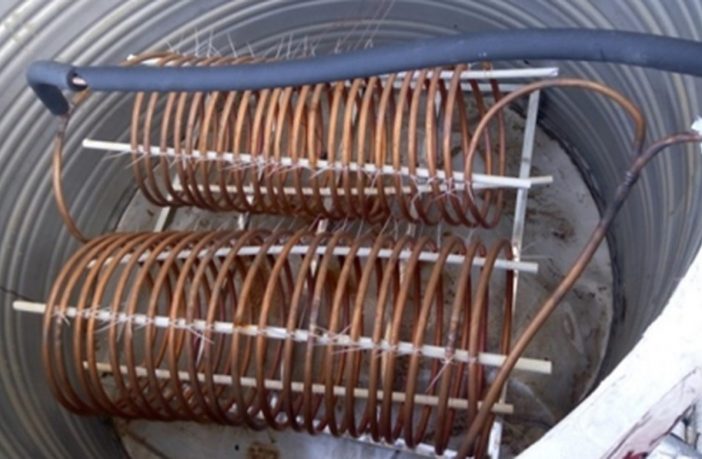- Researchers in China have built a PV-powered air conditioner that can store power through ice thermal storage.
- The performance of the system was evaluated considering operating efficiency and stability and the scientists found that a device relying on a variable-speed compressor and an MPPT controller showed very good ice-making capability
Scientists in China have developed a direct-drive photovoltaic air conditioning system that can store solar power through ice thermal storage. The latter is common thermal storage technology based on standard cooling equipment and an energy storage tank that is able to store cooling while shifting energy usage to off-peak, nighttime hours.
“The novelty of this work is that a solar cooling system directly driven by distributed PV is proposed and the rechargeable storage battery is replaced completely by low-cost ice,” research-co author Guoliang Li told pv magazine. “Solar air conditioners with different sizes of PV panels, with and without MPPT controller and different types compressors were built and tested outdoors to experimentally investigate the running characteristics of air conditioning at various solar irradiations.”
PV-driven air conditioners, according to the research group, are often equipped with batteries for energy storage and this results in challenges of low performance, high initial investment, and complex configurations for practical applications. “The ice thermal storage for the PV driven air conditioner with reduced batteries was explored in our previous work,” it explained. “It proved the feasibility of the ice thermal storage, where the batteries were only used as a buffer and the system average energy efficiency could reach 7.65%.”
The proposed new system consists of: A PV system built with 12-16 monocrystalline modules with a power output of 190 W mounted with a tilted angle of 30 degrees; a control system based on an inverter and an MPPT controller; an ice-making system comprising a variable-speed compressor with a frequency range of 360 Hz; a condenser; a liquid storage device; a capillary; an evaporator; an ice thermal storage tank; a gas-liquid separator; a variable speed pump; and a heat exchanger.
The performance of the system was evaluated considering operating efficiency and stability. “The optimal matching relationships were found and experimental results of the system with variable speed compressor and an MPPT controller have shown very good ice-making capability and reliable operation as well as a great improvement in the available photovoltaic power,” Li stated, noting that the average PV-to-compressor power efficiency (PPE) and coefficient of performance (COP) of the systems were improved by reducing the power ratio, which in turn reduced the operation stability ratio (OSR) of the compressor.
Through their analysis, the academics found that the use of an MPPT controller improved the PPE of the system by 81.7% compared to that of the system without MPPT, and that the variable-speed compressor was more adaptive for the PV-driven cooling.
The proposed system is presented in the paper “Study on matching characteristics of photovoltaic disturbance and refrigeration compressor in solar photovoltaic direct-drive air conditioning system,” published in Renewable Energy. The research group includes scientists from the Yunnan Normal University and the Jiaxing University.
Author: Emiliano Bellini
This article was originally published in pv magazine and is republished with permission.















